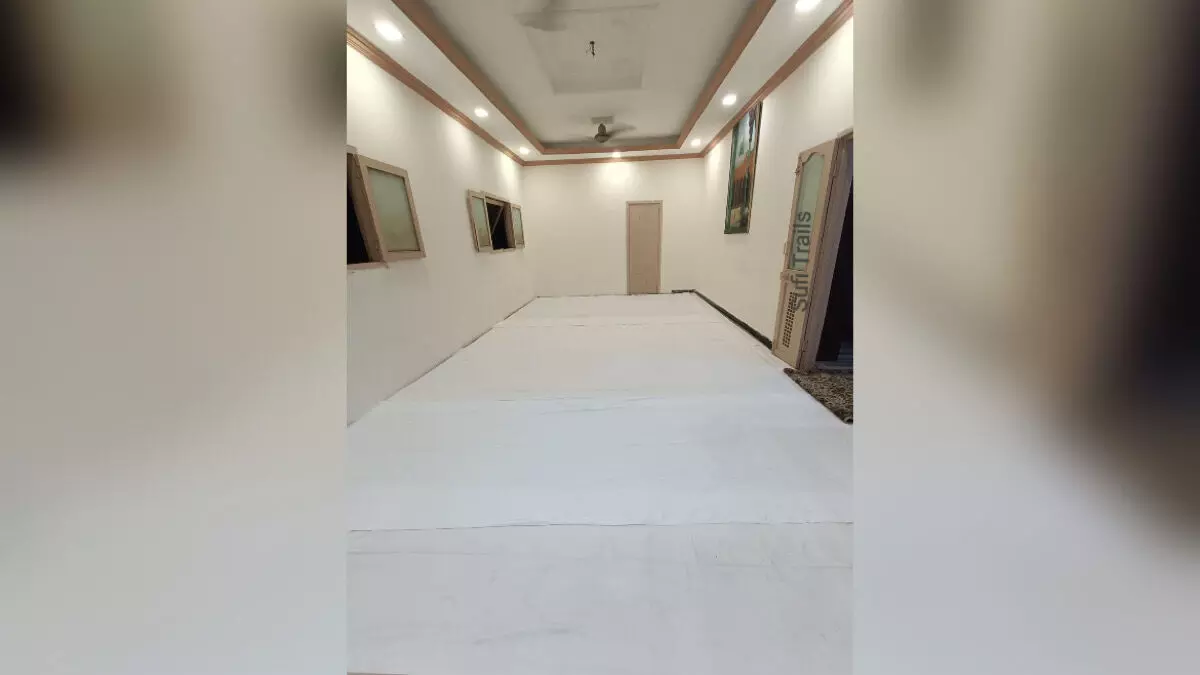Saliqa: The Hyderabadi art of graceful living
Saturday majlis night—a cherished tradition where kith and kin gather to recite Salawat and sing soulful odes in reverence to Prophet Muhammad
By Newsmeter Network
Saliqa: The Hyderabadi art of graceful living
Hyderabad: In the tapestry of Hyderabadi culture, Saliqa—the refined art of method, manner, and mastery—weaves elegance into the fabric of everyday life. It is a compass that guides actions, transforming the mundane into moments of profound grace.
This Eid-ul-Adha, I arrived at my uncle’s home in Hyderabad to exchange festive greetings, unaware that it was a Saturday majlis night—a cherished tradition where kith and kin gather to recite Salawat and sing soulful odes in reverence to Prophet Muhammad (Sallallahu wa alaihi salam). These spiritual assemblies, known as majlis (a gathering or congregation), are intimate affairs hosted in homes, radiating the warmth of Hyderabadi hospitality. Stepping across the threshold, I was enveloped by the familiar rhythm of the evening. My cousins knelt on the floor, engrossed in the meticulous task of laying the farash—immaculate white cotton sheets, known as Chandi ke Pat —unfurled across the expansive hall or veranda.
In Hyderabadi tradition, the farash transcends its humble role as a floor covering; it is a canvas of purity, a testament to reverence for the occasion and its guests. As children, we were entrusted with this laborious yet sacred duty, guided by elders whose discerning eyes demanded perfection.
Every crease was smoothed, every wrinkle ironed out, and at times, smaller cloths were artfully layered to conceal imperfections, creating a flawless mosaic of white.
The edges of the farash are anchored by Mir Farsh—ornate weights, often crafted from marble or adorned with intricate bidri work, akin to treasures displayed at the Salar Jung Museum. These weights ensure the sheets remain taut, embodying the precision that saliqa demands. On rare occasions, when a revered guest, a Sufi master, an erudite scholar, or a member of royalty, graces the majlis, a masnad, a ceremonial carpet, is laid with quiet grandeur, elevating the act of hospitality to an art form.
As I joined my cousins in laying the farash this Saturday, nostalgia stirred within me. I recalled childhood lessons in saliqa, where the act of spreading a sheet became a ritual of discipline and devotion. In Hyderabadi tahzeeb (etiquette), such tasks are imbued with adaab (manners), reflecting an ethos where every guest is honored as a dignitary.
This meticulous care transforms even the simplest gathering into a celebration of grace, where the ordinary meets the sublime.
I conclude with a sher that mirrors this alchemy of the earthly and divine:
“Ye jo raqs hai mera farsh par, yahi le ura mujhe arsh par.”
Translation: “This dance upon the earthly floor lifts my soul to heaven’s door.”
(Dr. Haseeb Jafferi, a descendant of Salabath Jung of the Nizam dynasty, is a speaker, experiential educator, and cultural curator deeply immersed in Hyderabadi tahzeeb, heritage, and Sufism. Through Sufi Trails (@sufi_trails), he designs immersive experiences, including city trails, dawaths, and storytelling baithaks, that celebrate the Deccan’s rich legacy. His captivating talk on Adaab e Paandan at the Hyderabad Literary Festival brought Hyderabadi etiquette vividly to life. A corporate trainer with a Ph.D. and diplomas in experiential education and leadership, Dr. Jafferi seamlessly blends scholarship with cultural preservation.)
Disclaimer: The views and opinions expressed in the article are those of the author and do not reflect the official policy or position of NewsMeter.